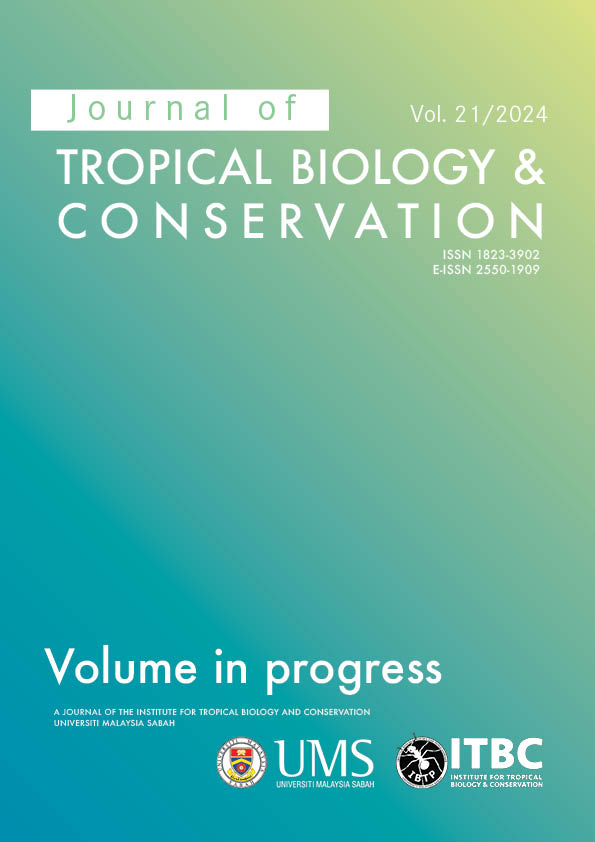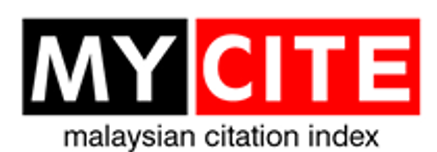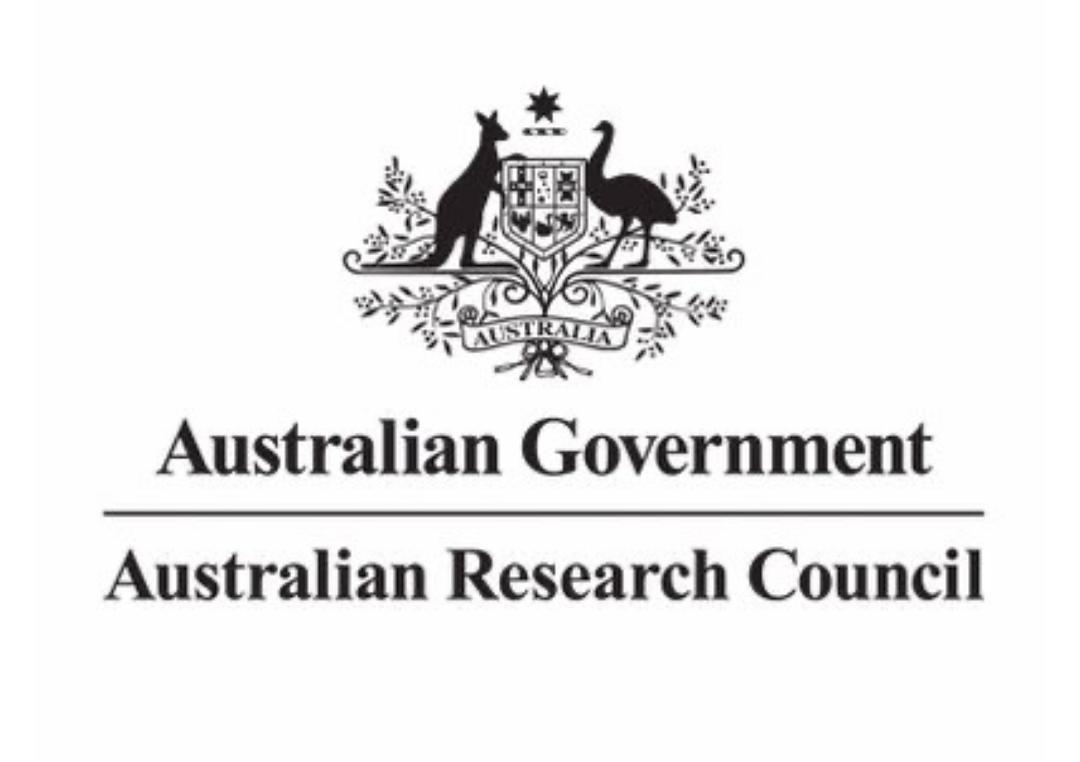An Inventory of Bats (Chiroptera) in Mount Musuan, Maramag, Bukidnon, Philippines Conducted Between 2013 and 2023
DOI:
https://doi.org/10.51200/jtbc.v21i.5704Keywords:
Bats, endemism, Mindanao, Mount Musuan, monitoringAbstract
Bats play a crucial role in the ecosystem. However, their richness and abundance is declining, especially in tropical countries like the Philippines. This study was conducted to monitor and compare the species richness, abundance and status of bats in Mount Musuan, Maramag Bukidnon over 3 sampling periods between 2013 and 2023. Three sampling sites were established in the study area. Only the mist netting strategy was applied to capture bats, which were identified through morphometric measurements and field guide. The IUCN Red List was referred to determine the conservation statuses of the recorded bats. A total of 11 species belonging to 4 families were recorded: Megadermatidae, Pteropodidae, Rhinolophidae and Vespertillionidae. The highest number of individuals captured were Ptenochirus jagori (186), Cynopterus brachyotis (113) and Miniopterus schreibersi (53). Of the bats collected, 82% (9) were classified as Least Concern, 9% (1) as Endangered and 9% (1) as Near Threatened. Out of 11 species, 7 (64%) species were Philippine endemic species. This study contributes important information to the existing knowledge of bats in the region, highlighting their abundance and significance in local wildlife. The results can be used to inform conservation strategies of these species.
Published
How to Cite
Issue
Section
License
Copyright (c) 2024 The JTBC allows authors to retain the copyright of their publications without restrictions, but authors will grant the JTBC the right of first publication, and other non-exclusive publishing rights. Authors retain the right to use the substance of the article in their future works, provided that its prior publication in this journal is acknowledged.

This work is licensed under a Creative Commons Attribution-NonCommercial 4.0 International License.
BY: credit must be given to the creator.
NC: Only noncommercial uses of the work are permitted.
This journal provides open access to its content under CC BY-NC 4.0 on the principle that making research freely available to the public supports greater international collaboration and information exchange.












